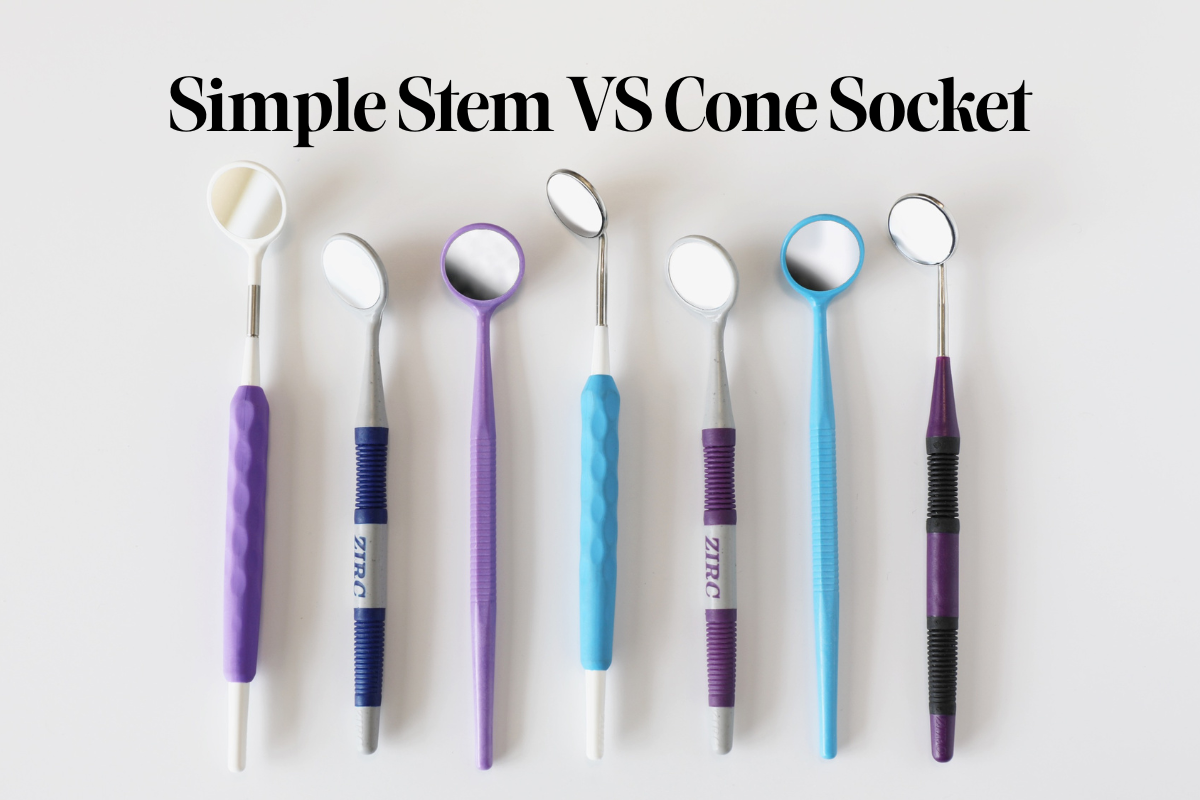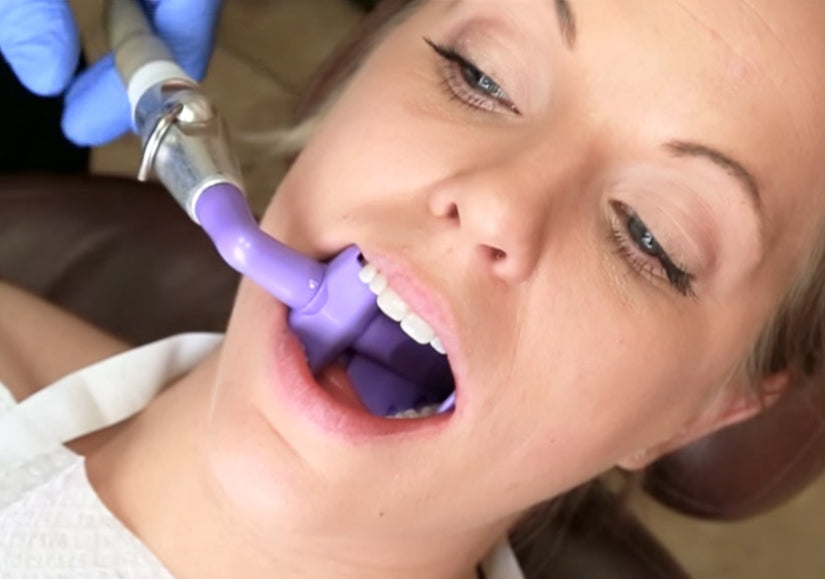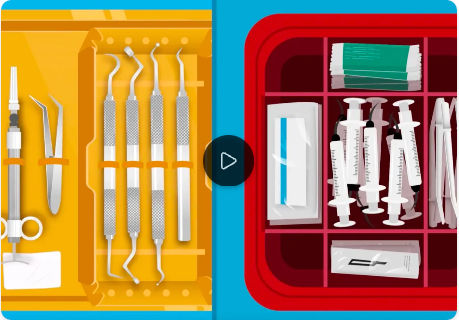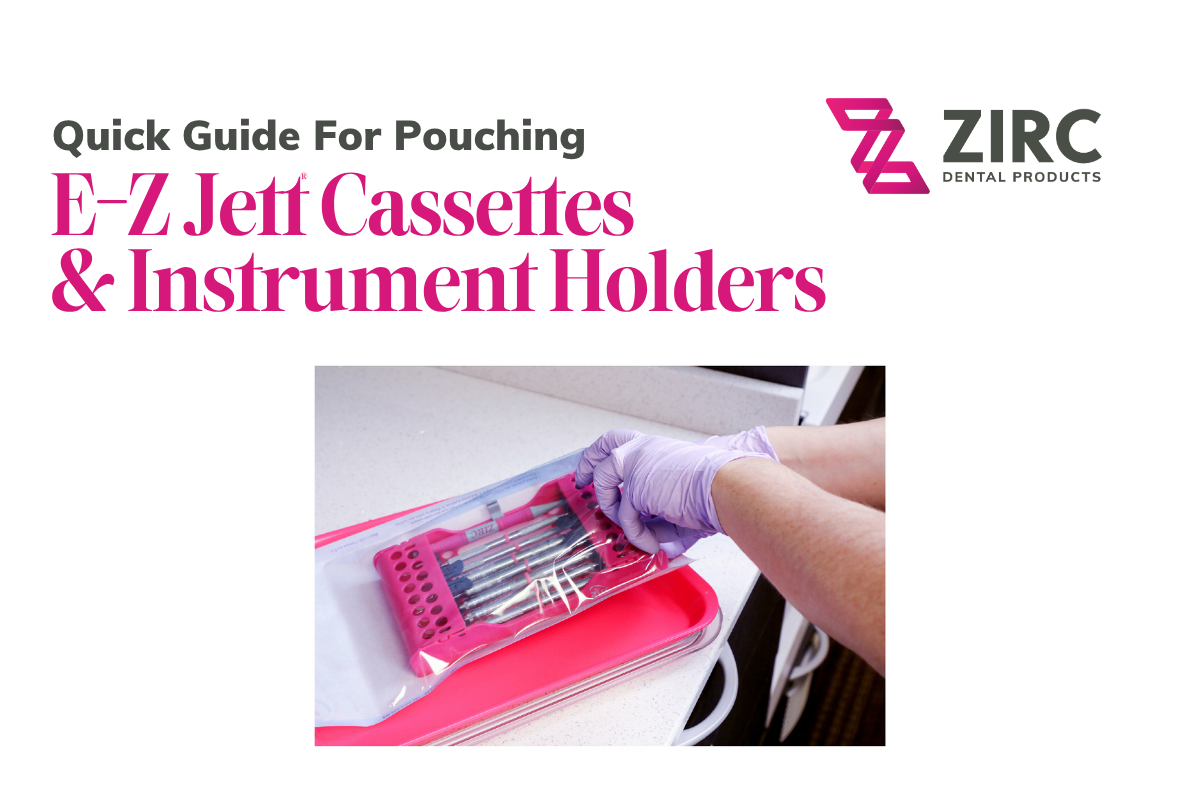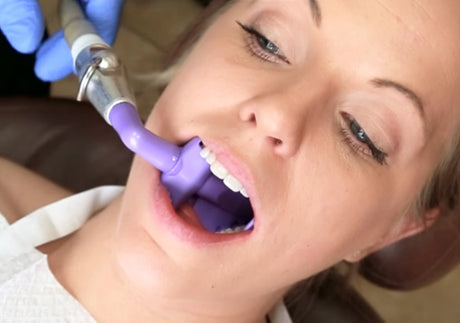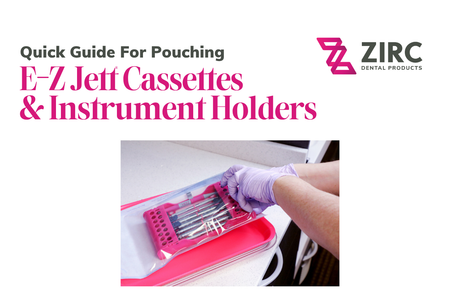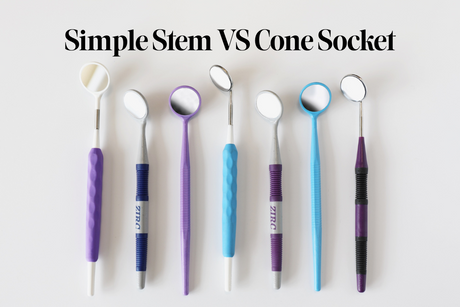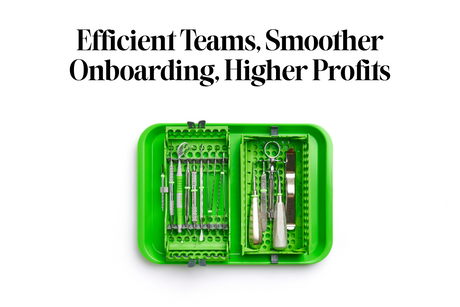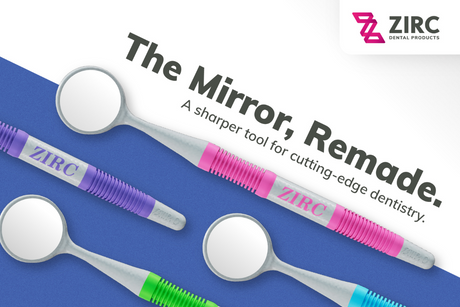Simple Stem vs. Cone Socket: What’s the Difference in Threads?
June 04, 2025
When it comes to choosing the right dental mirror system, one small yet crucial detail often gets overlooked: the thread type. While the head and handle design are important for ergonomics and visibility, how those parts connect—via threading—can make a big difference in performance, compatibility, and long-term ease of use.
Let's break down the difference between Simple Stem and Cone Socket threads to help you choose the right mirror setup for your practice.

Simple Stem:
What It Is: Simple Stem mirrors feature a fixed stem with a straight-threaded design, typically M2.5X0.45 thread. The mirror head has a male thread, and the handle has a female thread.
How It Connects: The user twists the mirror head directly into the handle.
Considerations:
- Widely used and sold in international markets.
- Compatibility is limited to other Simple Stem systems.
Cone Socket:
What It Is: Cone Socket mirrors use a tapered cone-shaped locking system (using a UNF 4-48 thread size). This allows for a secure, pressure-fit connection between the mirror head and handle.
How It Connects: Place the mirror head into the tapered opening of the handle, then twist to secure. The cone shape helps it thread into position.
Considerations:
- Widely used and sold in the U.S.
- Compatible with most premium Cone Socket mirror handles.
Compatibility & Maintenance Tips:
- Do not mix systems: A Cone Socket head will not properly fit a Simple Stem handle, and vice versa.
- Use appropriate torque: Over-tightening can damage threads. Replace regularly.
- Threads can wear out over time. If the connection feels loose or unstable, it’s time for a replacement.
Not Sure Which to Choose?
If you’re in the U.S. and use premium mirror handles, Cone Socket is likely your best fit. For international setups or specialty kits, Simple Stem may be more compatible.
US Customers: Order here or from your dealer
INTL Customers: Find a dealer
Other questions: Contact us

